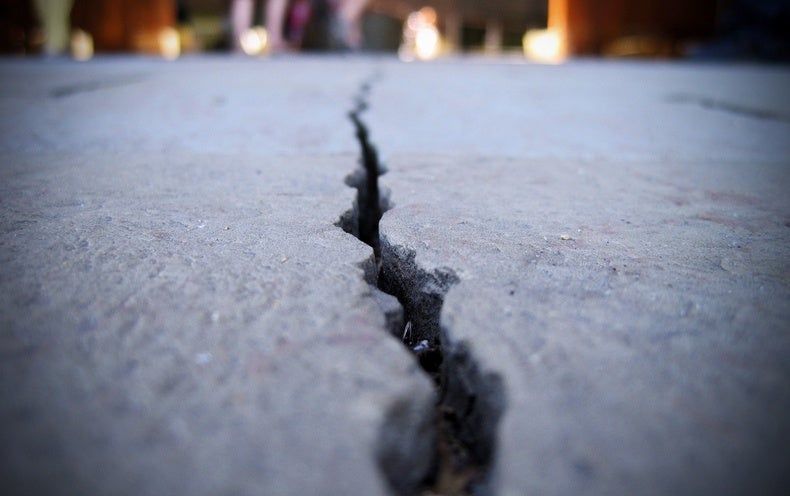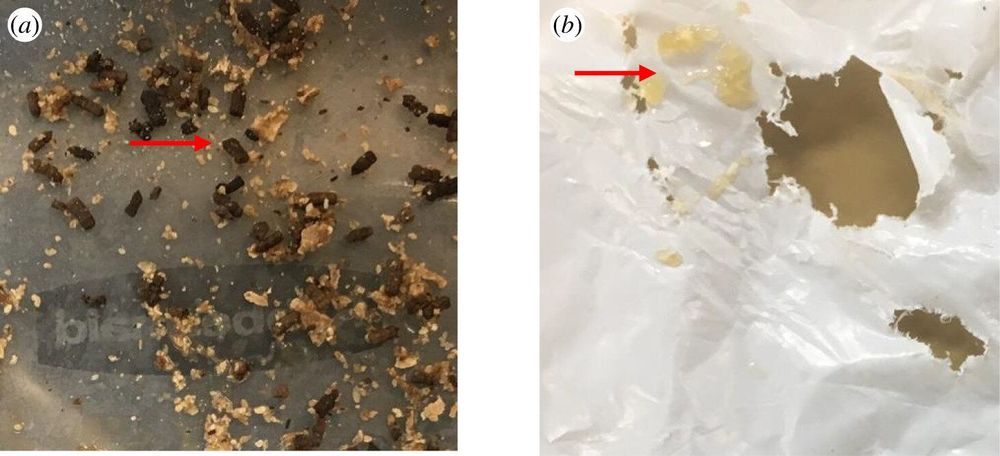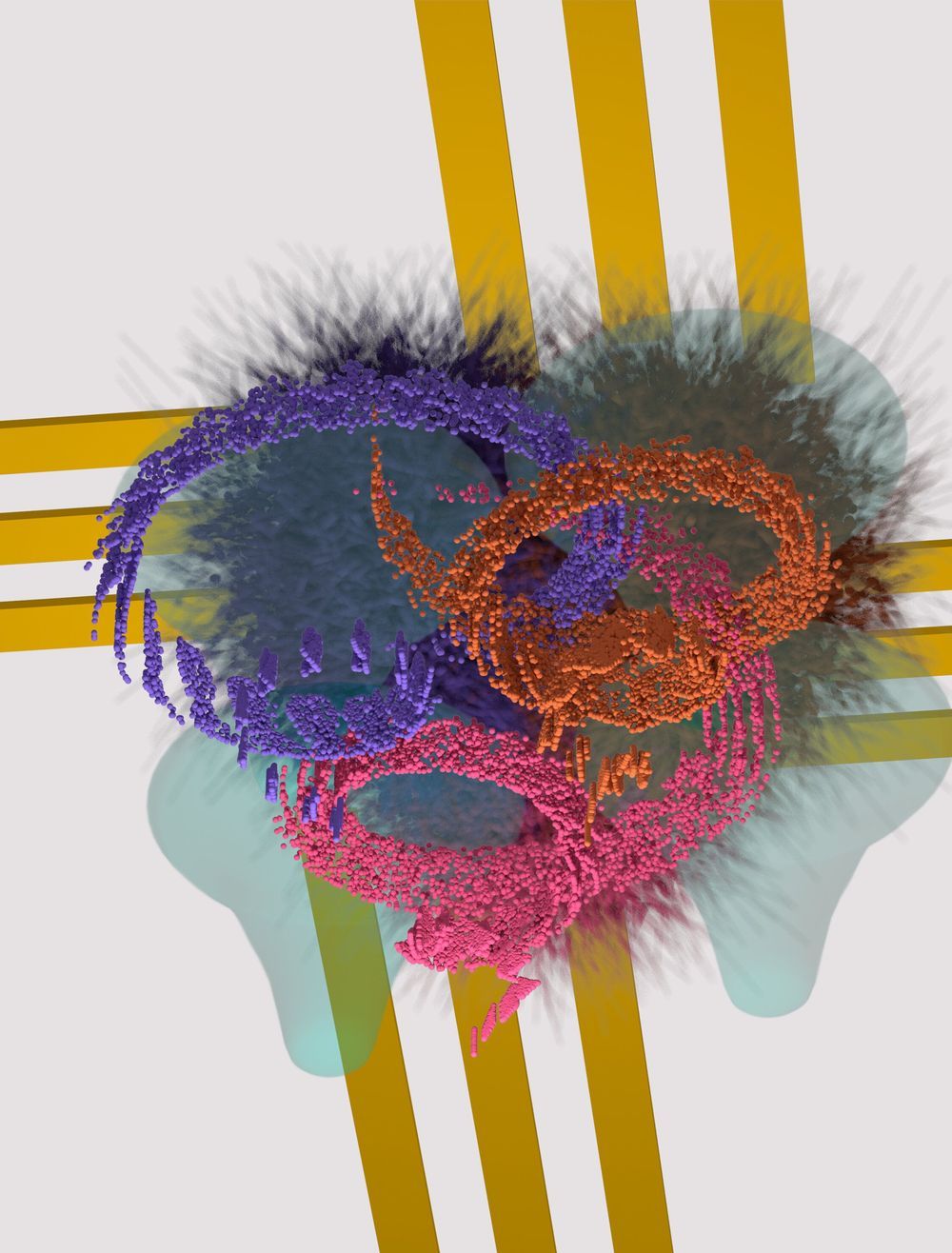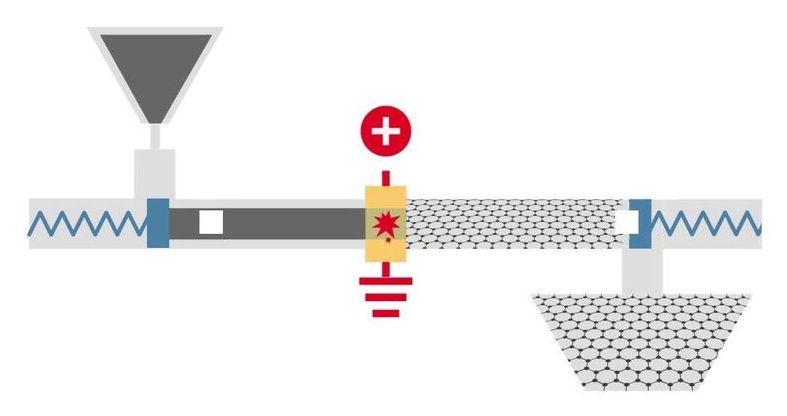
What I used to think was a basic suit for batman is anything but normal if it were true. It would cost about 1 million to make a real life one and the fabrics and materials might as well be alien because they are so exotic but look like fabric. If batman were real it would show how genius of science he truly is as his fabric technology is some of the most creative work any material scientist could ever dream of. Essentially it is like having a tank in a lightweight suit.
Happy Batman Day! DC Comics first created Batman Day for Batman’s 75th anniversary in 2014, and has continued to celebrate the Dark Knight on Sept. 23 each year since. While Harley Quinn has been trying to steal Batman’s thunder (happy 25th, Harls) this year, we still want to take a closer look at the guy who started it all.
A few years ago, MoneySupermarket.com put out an excellent infographic about the cost of being Batman. They used numbers based on The Dark Knight trilogy of films from Christopher Nolan, which means they were using modern technology (and values). But they only looked at base costs, not at ongoing numbers, and the base costs alone were astounding: $682 million just to become Batman. Based on those starting numbers, how much has Bruce Wayne spent on being Batman over the years? We’ll start with their numbers, and break it down based on the DC Comics sliding timeline; thanks to the New 52 reboot, where Bruce had been Batman for “about 7 years,” and assuming at least a year or two has passed since then, let’s go with nine years of Batman-ing.
Continue reading “Batman Day: How much has Bruce Wayne spent on being Batman over the years?” »


















